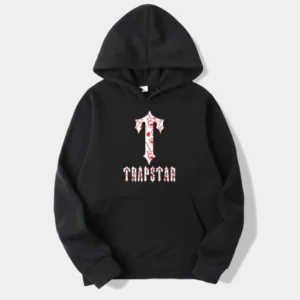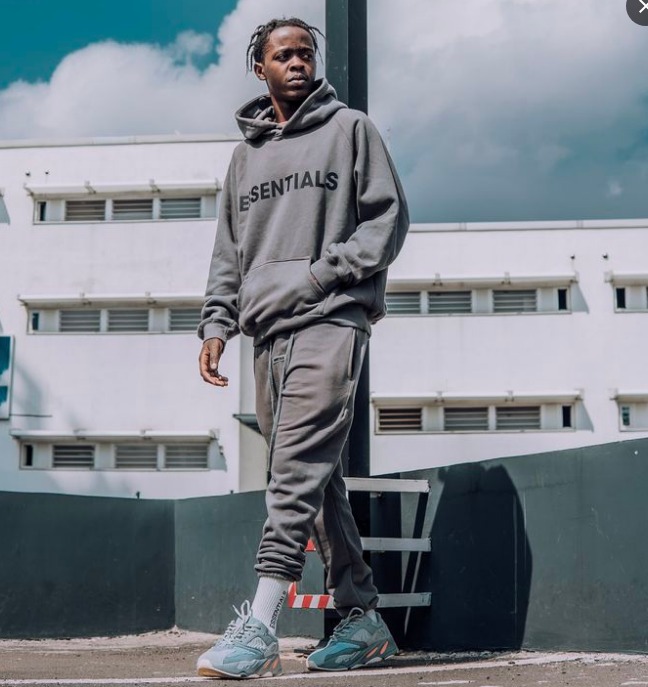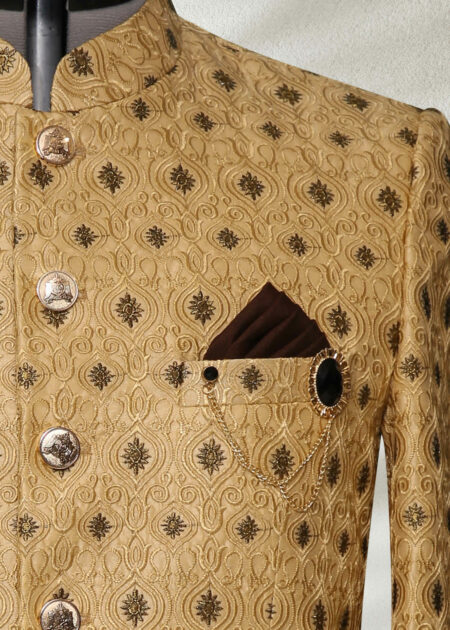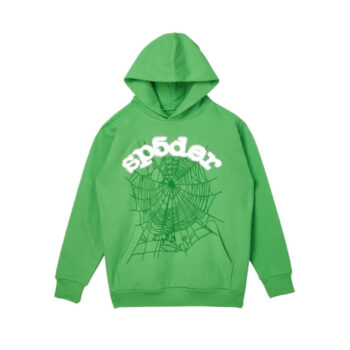In the realm of streetwear, where fashion, music, and urban culture converge, Trapstar has carved out a significant niche. Emerging from the streets of London, Trapstar https://trapstarofficial.es/ has grown from a local phenomenon into an internationally recognized brand. Its distinctive style, cultural relevance, and association with high-profile celebrities have solidified its status as a leading force in contemporary street fashion.
Origins and Evolution
Trapstar was founded in 2005 by a trio of friends—Mikey, Lee, and Will—who shared a passion for fashion, music, and the street culture of London. The brand’s name, Trapstar, embodies the idea of turning the negative connotations of “trap” into something positive and aspirational. This ethos is reflected in their motto: “It’s A Secret.”
Starting with a guerrilla-style approach, the founders began by selling T-shirts out of their car trunk, gaining a grassroots following. Their unique designs and word-of-mouth marketing quickly garnered attention. The brand’s distinct aesthetic, characterized by bold graphics, provocative slogans, and a dark, edgy vibe, resonated with a young, urban audience.
Design Philosophy
Trapstar’s design philosophy is deeply rooted in the cultural landscape of London. The brand draws inspiration from music, art, and the city’s diverse neighborhoods, creating a visual language that is both authentic and relatable. Its collections often feature a mix of graphic T-shirts, hoodies, outerwear, and accessories, all infused with a rebellious spirit and a sense of urban grit.
A signature element of Trapstar’s designs is the use of cryptic messages and symbols, which adds an element of mystery and intrigue. This not only sets the brand apart but also creates a sense of exclusivity and belonging among its followers. The monochromatic color schemes, combined with striking graphics and meticulous attention to detail, result in pieces that are instantly recognizable.
Influence of Music and Celebrity Endorsements
One of the key factors in Trapstar’s rise to prominence is its strong connection to the music industry. The brand has been embraced by a host of influential artists, particularly within the hip-hop and grime scenes. High-profile endorsements from celebrities like Rihanna, Jay-Z, and Stormzy have significantly boosted Trapstar’s visibility and credibility.
Rihanna’s endorsement, in particular, was a turning point for the brand. Her association with Trapstar began organically, as she was seen wearing their pieces in public and on social media. This exposure introduced the brand to a global audience and helped solidify its position as a go-to label for trendsetters.
Trapstar’s collaboration with Jay-Z’s Roc Nation further cemented its status in the fashion world. The partnership brought together fashion and music in a way that resonated deeply with both fans of the brand and followers of Roc Nation’s artists. These collaborations have not only expanded Trapstar’s reach but also reinforced its cultural relevance.
Cultural Impact and Community Engagement
Trapstar’s influence extends beyond fashion; it is a cultural movement. The brand has successfully tapped into the zeitgeist, capturing the essence of contemporary urban life and translating it into wearable art. This cultural resonance is reflected in the brand’s loyal following, which spans across different cities and countries.
Community engagement is a core aspect of Trapstar’s identity. The founders have always maintained a close connection with their audience, often involving them in the brand’s journey. This includes hosting pop-up shops, exclusive events, and collaborations that celebrate the brand’s roots and its connection to the streets. By fostering a sense of community, Trapstar has built a loyal customer base that sees the brand as a representation of their own identity and experiences.
Innovation and Collaborations
Innovation is a driving force behind Trapstar’s continued success. The brand is known for its willingness to experiment and push boundaries, both in terms of design and business strategy. This approach has led to numerous successful collaborations with other brands and artists.
One notable collaboration was with sportswear giant Puma. This partnership resulted in a series of co-branded products that fused Trapstar’s street aesthetic with Puma’s athletic heritage. The collaboration was well-received, showcasing the versatility of Trapstar’s designs and its ability to blend different fashion genres seamlessly.
In addition to brand partnerships, Trapstar has also collaborated with visual artists and designers to create limited-edition pieces that are highly sought after. These collaborations often incorporate elements of fine art and street culture, resulting in unique items that appeal to collectors and fashion enthusiasts alike.
Sustainability and Ethical Practices
As the fashion industry faces increasing scrutiny over its environmental impact, Trapstar has begun to address sustainability in its practices. While the brand’s primary focus has always been on design and cultural relevance, it recognizes the importance of adopting more sustainable practices.
Trapstar has started to explore the use of eco-friendly materials and ethical manufacturing processes. This includes sourcing organic cotton, using recycled materials, and ensuring fair labor practices in its production facilities. While these efforts are still in the early stages, they represent a positive step towards a more sustainable future for the brand.
Challenges and Future Prospects
Despite its success, Trapstar faces several challenges as it continues to grow. The competitive nature of the streetwear market means that the brand must constantly innovate to stay relevant. Additionally, balancing the brand’s underground appeal with its mainstream popularity requires careful management to avoid diluting its identity.
Looking ahead, Trapstar aims to expand its product range and explore new markets. The brand is also committed to deepening its engagement with the community and continuing to support emerging artists and designers. By staying true to its roots and embracing new opportunities, Trapstar is well-positioned to navigate the challenges ahead and remain a leading force in streetwear.
Conclusion
Trapstar is more than just a clothing brand; it is a cultural phenomenon that has successfully blended fashion, music, and urban culture. With its distinctive designs, strong celebrity endorsements, and deep connection to the community, Trapstar has redefined what it means to be a streetwear brand. As it continues to evolve and innovate, Trapstar’s influence is set to grow, inspiring a new generation of fashion enthusiasts and cultural icons.




